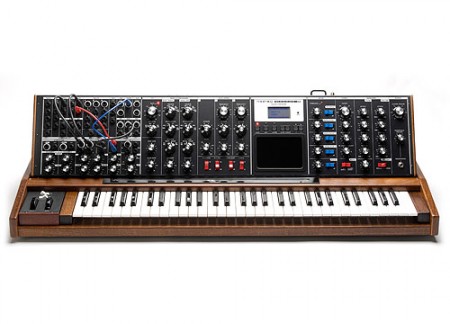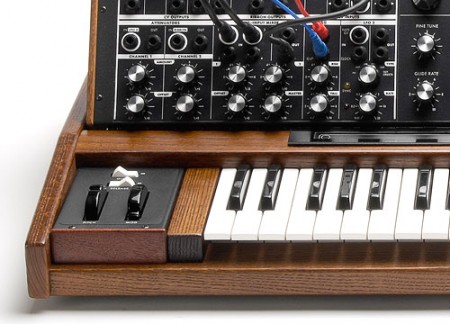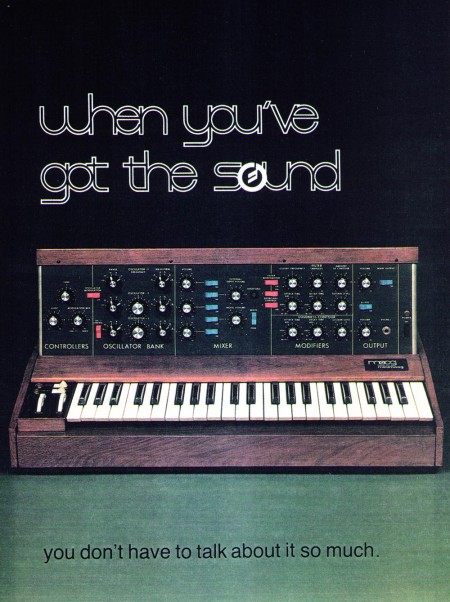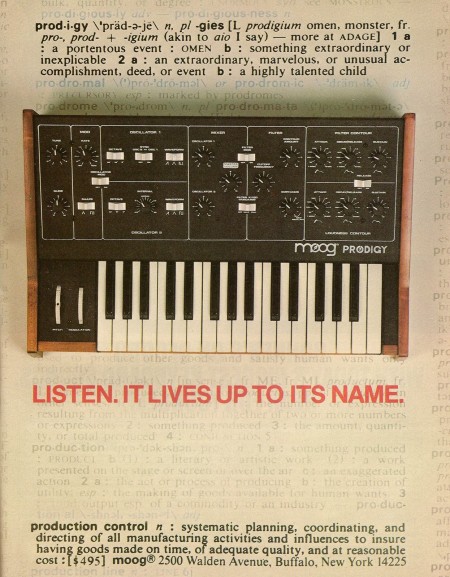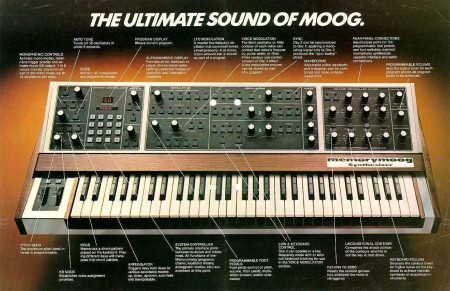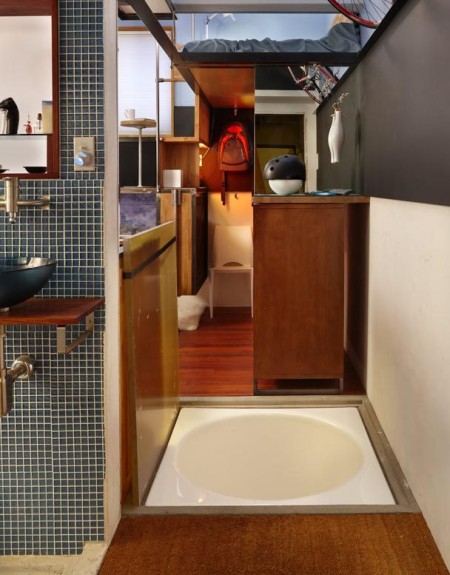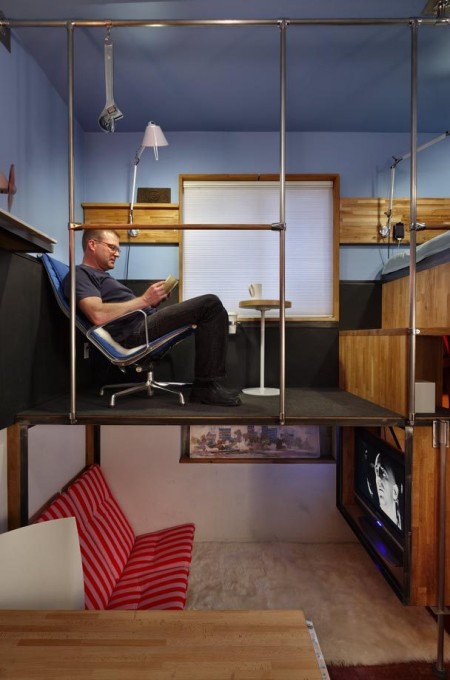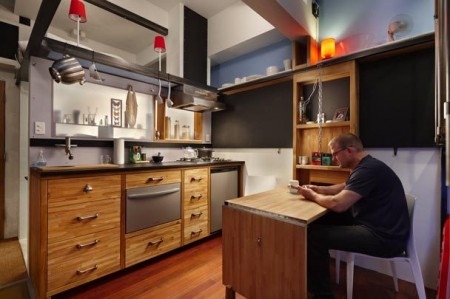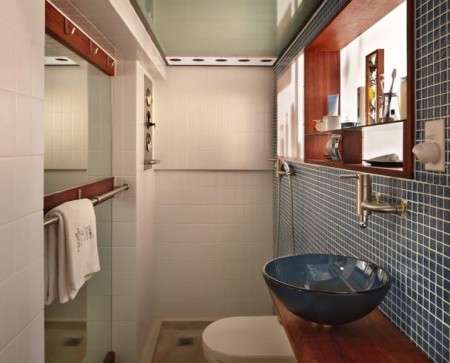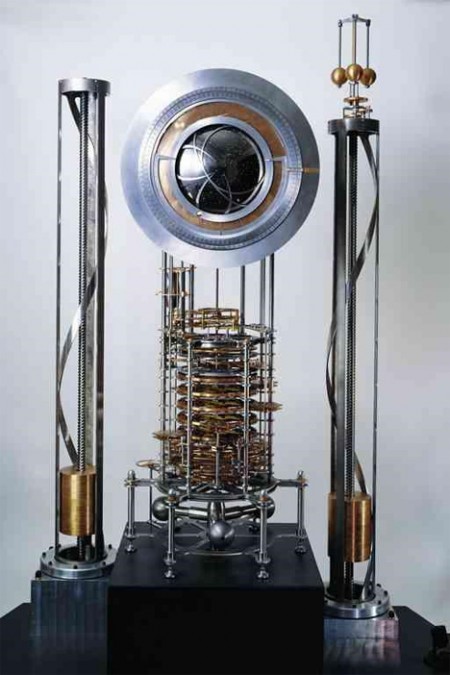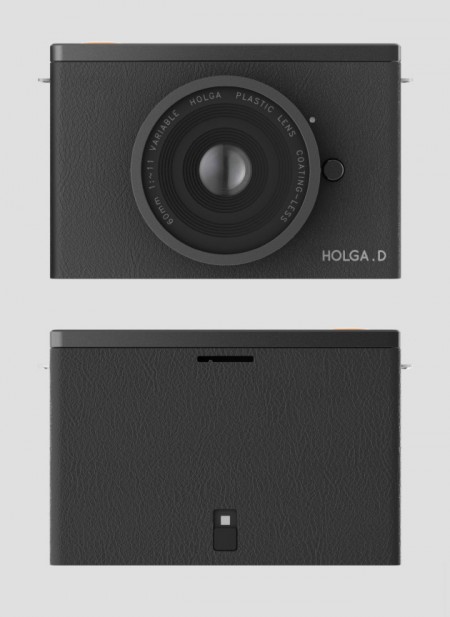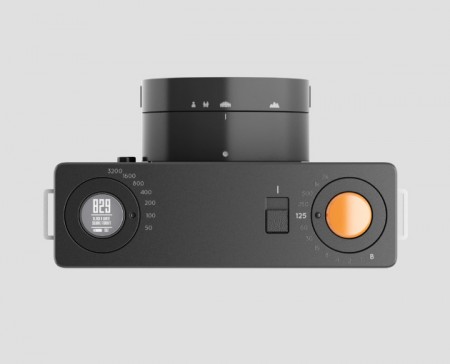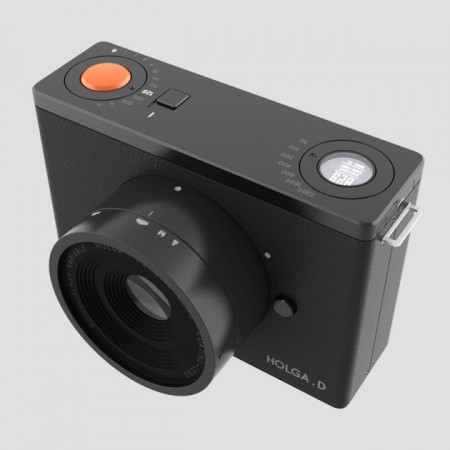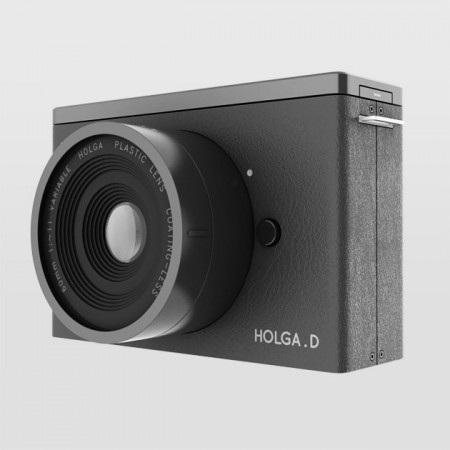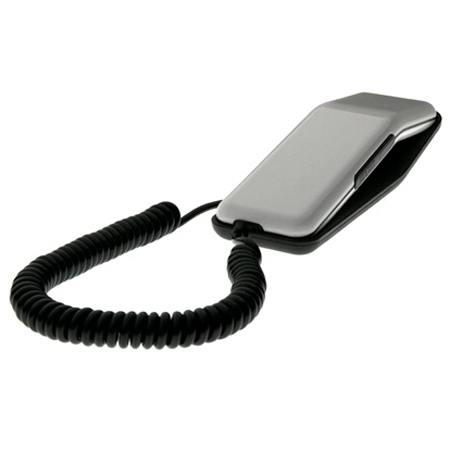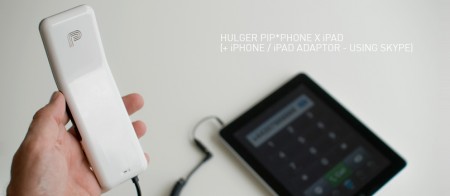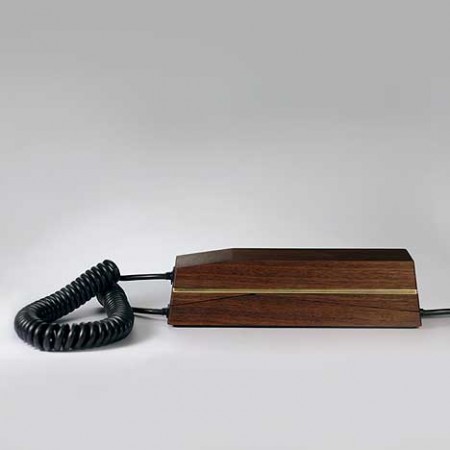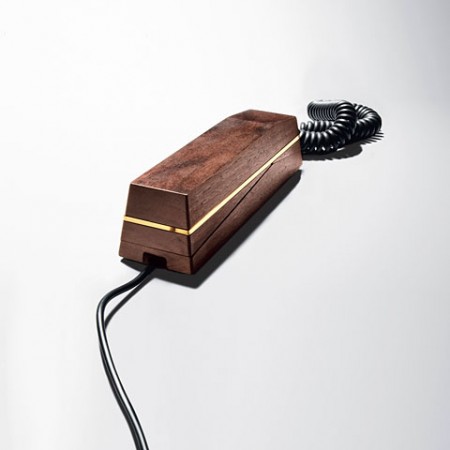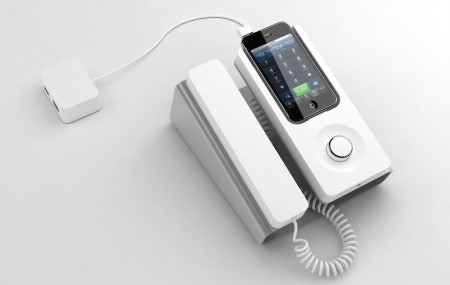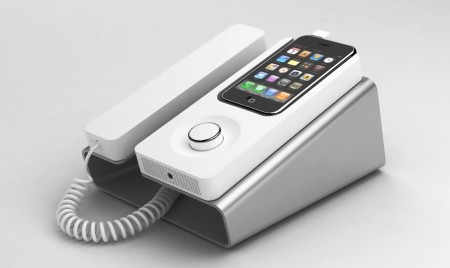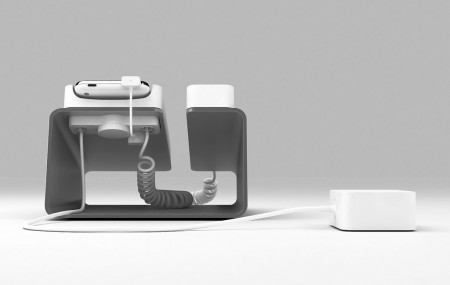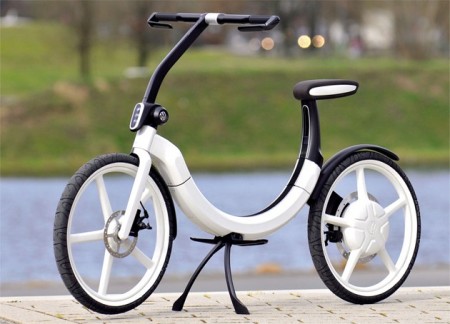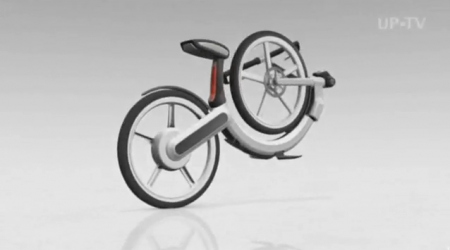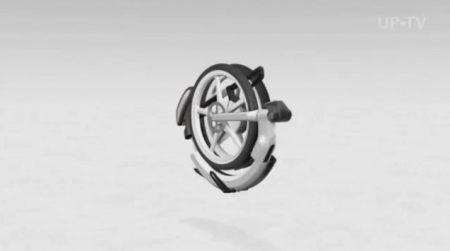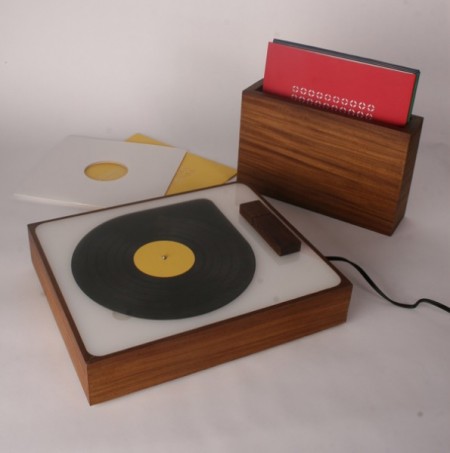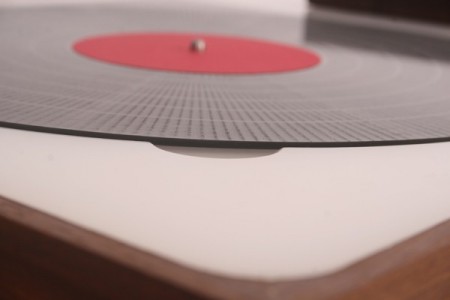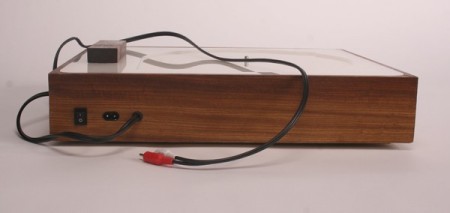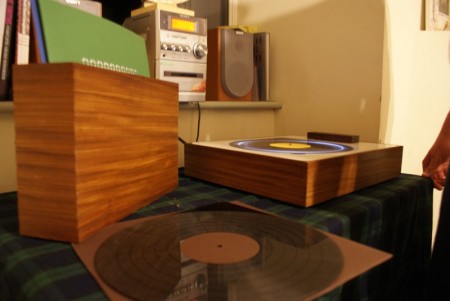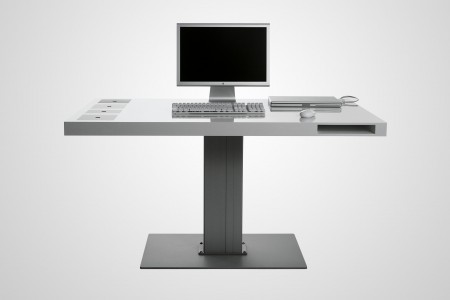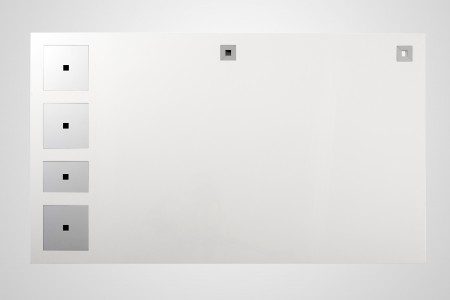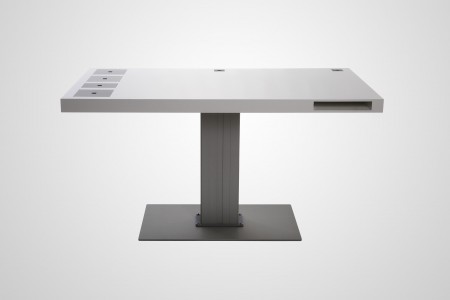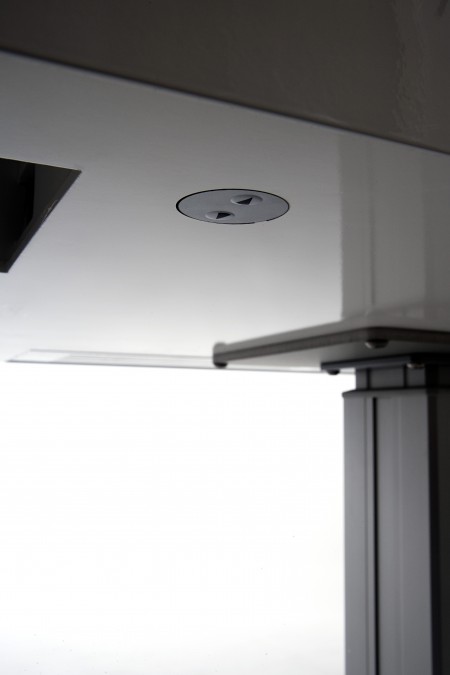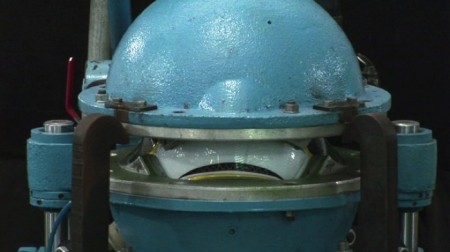
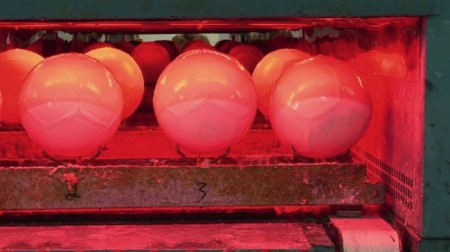
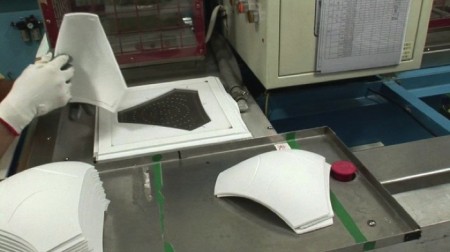
httpvh://www.youtube.com/watch?v=B88iSdBNoik
I’m not following the World Cup (sacrilege, I know!). Partly because I’m American and not much of a sports fan to begin with, and partly because I just can’t seem to muster the strength to pretend I like a sport every four years and then watch a bunch of guys roll around on the pitch holding their knee in agony only to pop up a few moments later and sprint around like a fucking gazelle (seriously, what’s the deal with that? I swear that’s the number one thing holding me back from appreciating football, this theater of feigned injury). I’ve honestly tried to like it, my friend Jorge Calleja took me to a FC Barcelona game while I was there a few summers back. I had a blast and Ronaldhino even scored a goal (which is apparently sort of rare these days). The crowd was amazing; every movement of the ball (even movements that, to my untrained eye, didn’t seem to have any kind of significance) was met with a rush of electricity that filled the entire stadium. Sadly, this feeling has yet to carry over to the TV viewing experience for me.
But I digress, this isn’t about sports, or football, or even pretending your leg has been amputated at the hip when a stiff breeze from the guy running by ruffles your jersey. This is about the fact that despite having watched exactly zero World Cup games, I somehow have an intimate knowledge of the ball used in them. This is because no one will stop talking about it (or those plastic horns for that matter). I found it rather intriguing that it’s being roundly panned by the players — both the winners and the losers. It made me think about all the R&D that must have gone into designing this ball only to have it be put on center stage and incessantly ridiculed. Designing high performance sports equipment has to be the most difficult gig in industrial design. It’s a sort of alchemy of engineering, physics, and craftsmanship that, to fulfill it’s intended purpose, must perform equally well for an extremely diverse range of end users. Just designing a jersey probably involves a few parts rocket science, so imagine designing the central element of play for a game, the results of which can make or break the hopes of entire countries. I don’t envy these designers.
So after hearing about this ball for the better part of a month, my interest was piqued when I came across this video detailing the ball’s construction on Abitare. I’m always a sucker for manufacturing videos and this one is exceptionally well done. I really enjoy the style and tones and it’s always amazing to see these giant, purpose-built machines doing such specific tasks. It always makes me wonder how mechanized manufacturing is ever cost effective.
So I know we have a pretty internationally diverse readership (hence the fact I haven’t used the word soccer once, until now), who are you rooting for? Also be sure to remind me of what a terrible human being I am for not liking soccer (yes, after the disclaimer earlier in this paragraph, via an obscure UN sanction, I am now legally entitled to call it soccer).
Also, the first year I moved to San Francisco some guy with a bus put up a gigantic LED screen (seriously, like stadium sized) in Dolores Park and played the World Cup on it. There were like 30,000 people at the park and it was completely awesome. If that guy comes back this year I will watch soccer.
